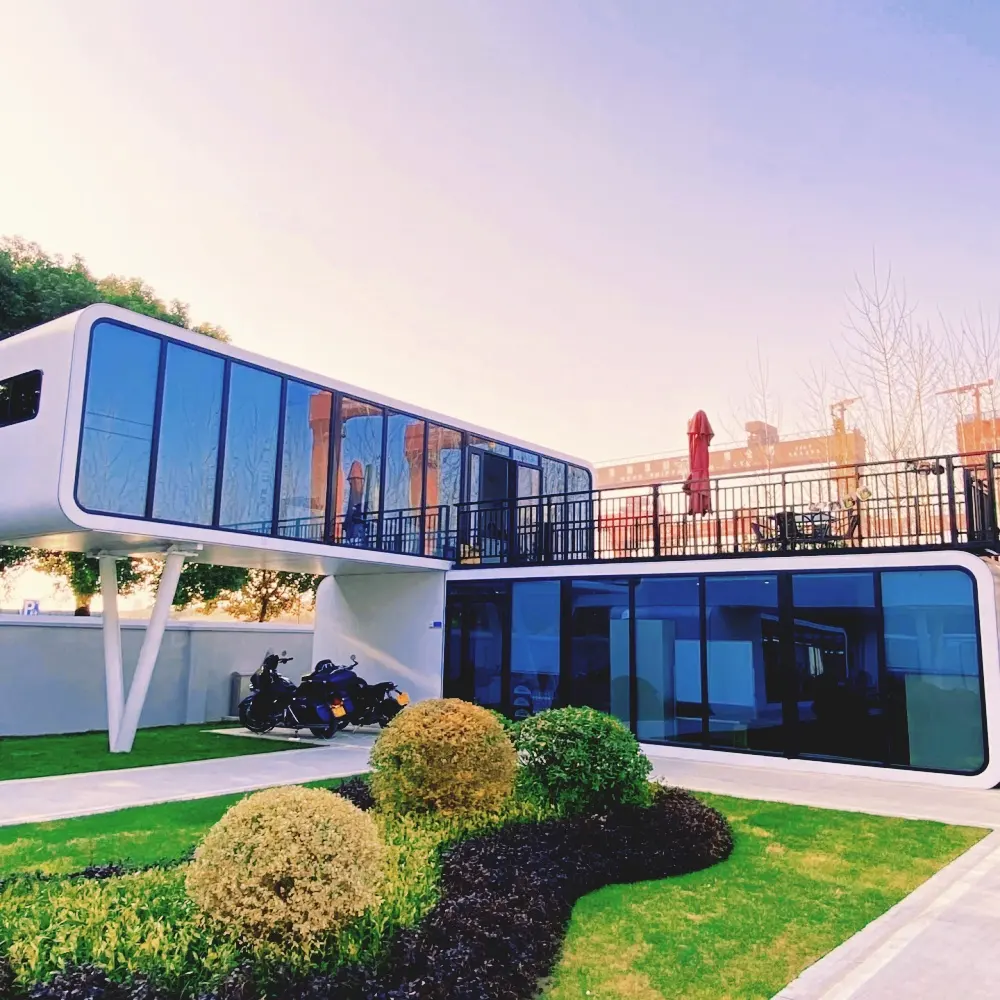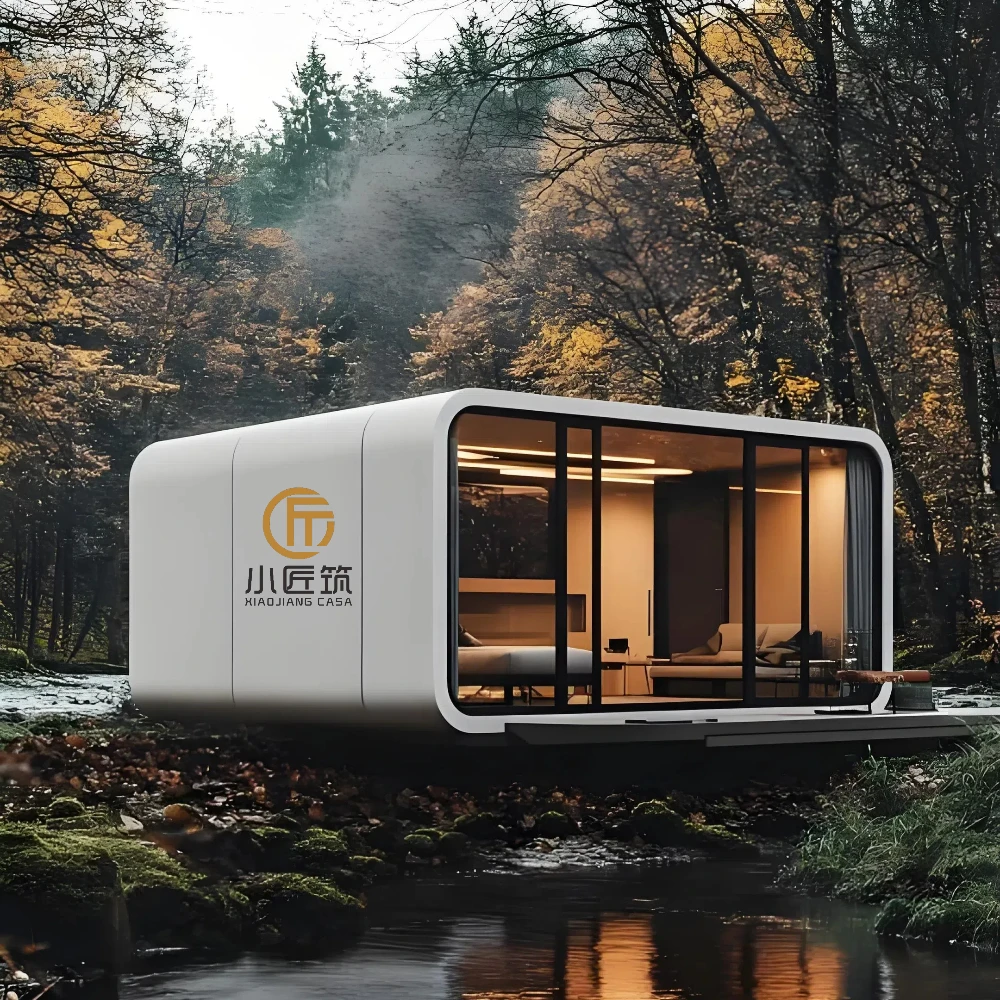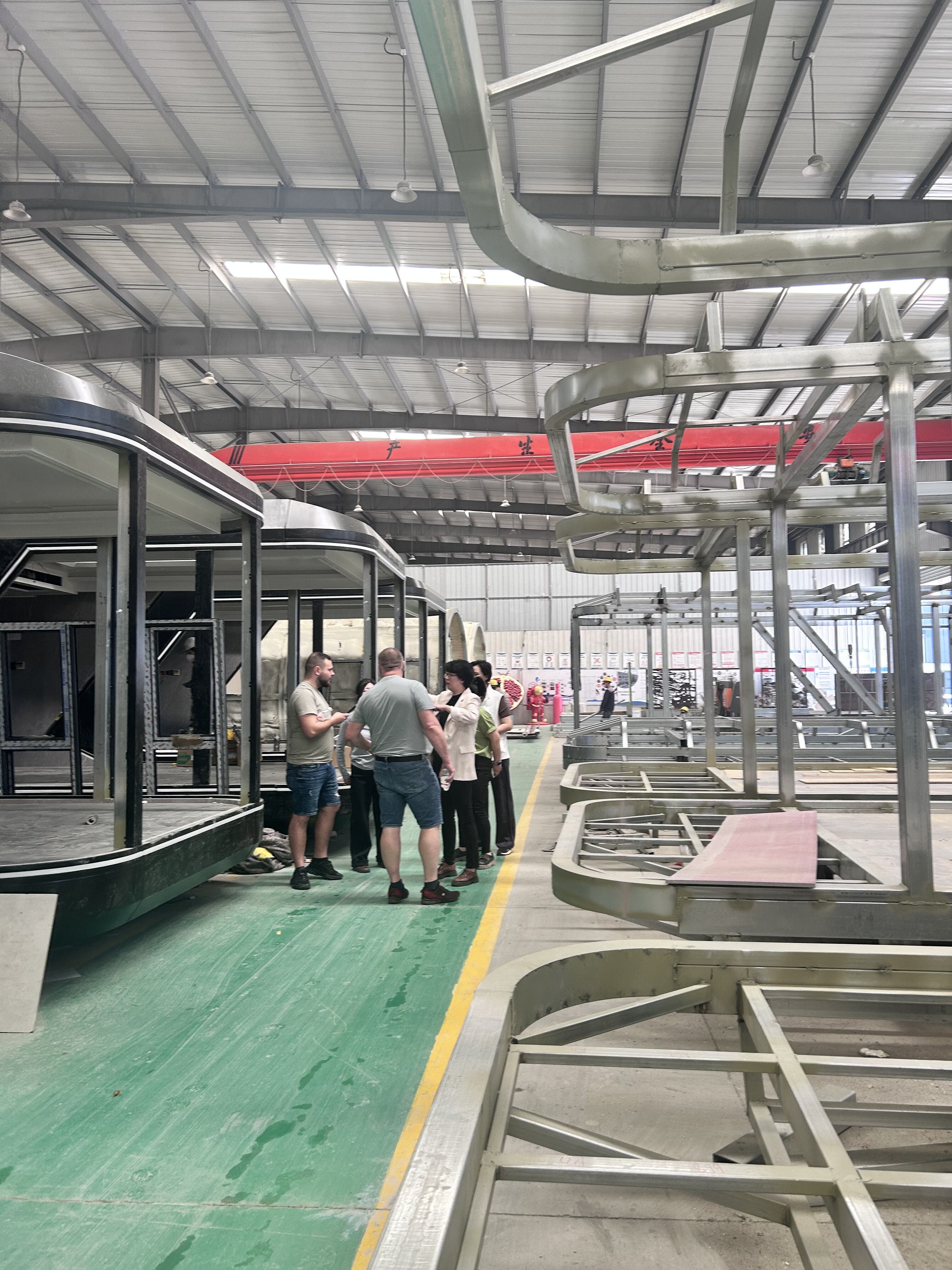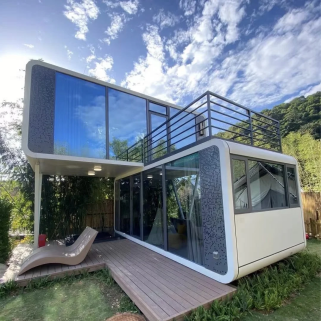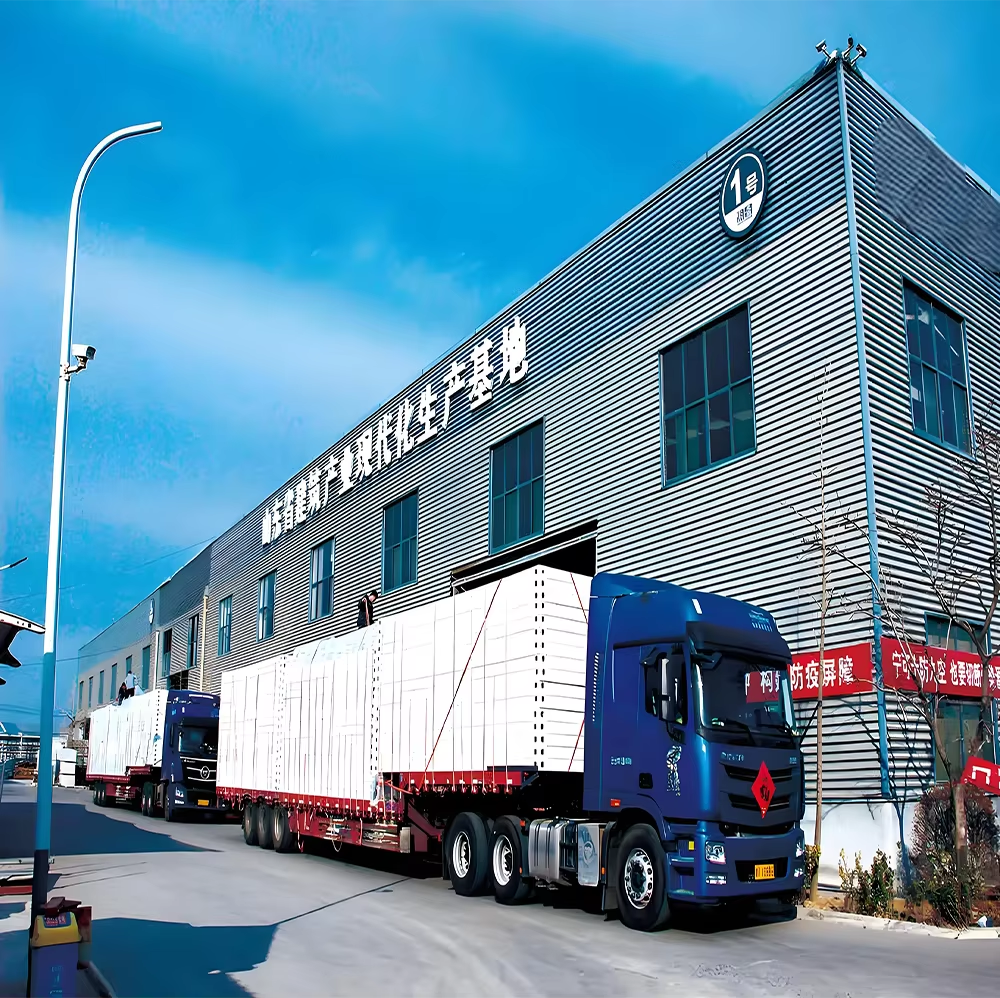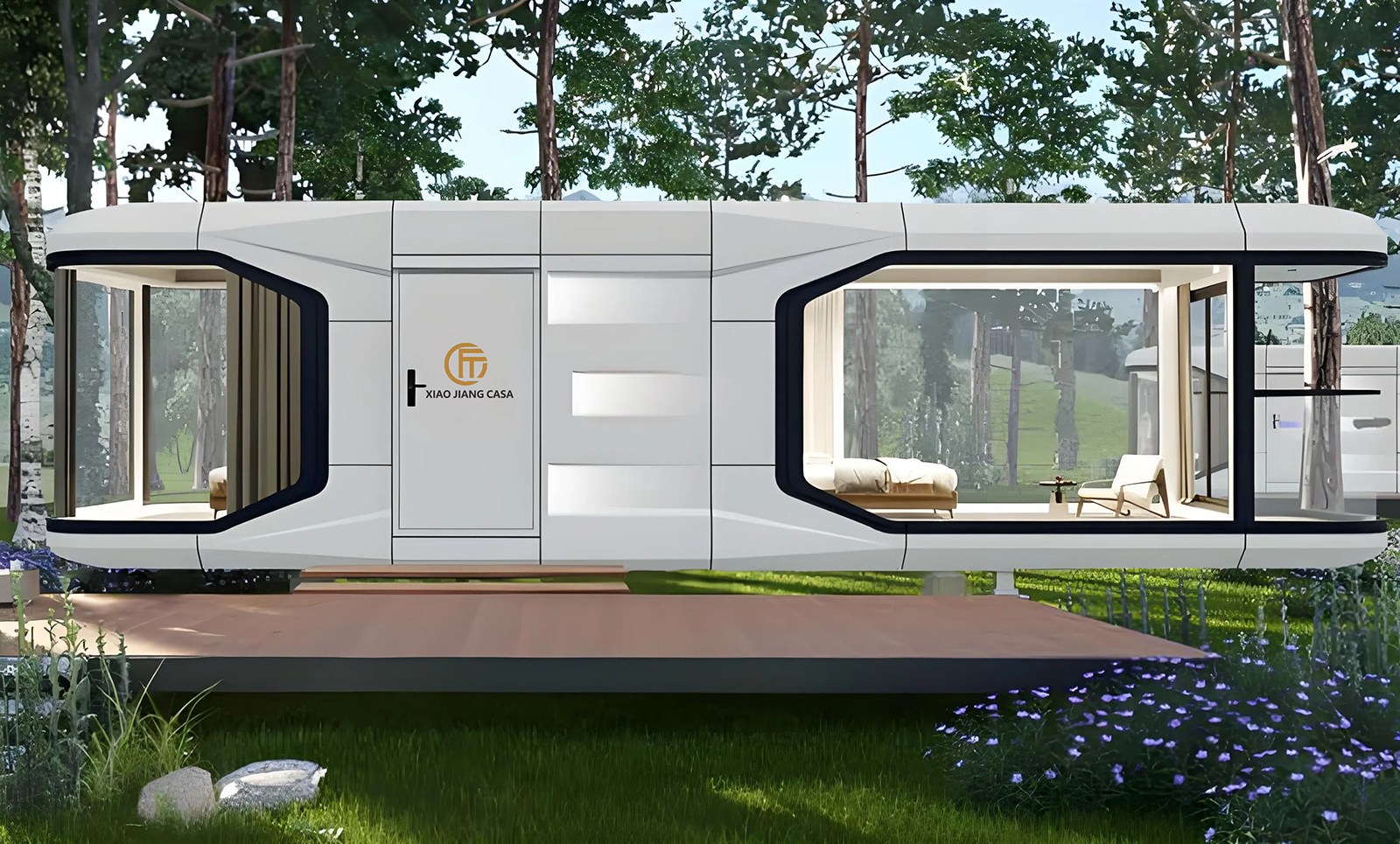Cost-Effectiveness: Reducing Overheads for Early-Stage Startups
Lower Upfront Costs Compared to Traditional Office Spaces
For startups looking at office space, the numbers tell a clear story. Traditional office builds typically run around $143 per square foot, while converted shipping containers come in much cheaper at between $45 and $65 per square foot according to Commercial Real Estate Insights from last year. Containers just make sense financially because they cut down on so many upfront costs. No need for expensive foundations or running all those permanent utilities through the ground. Founders who go this route find themselves with significantly more money left over. Some financial audits show these businesses can actually put nearly 50% extra capital back into developing their products instead of wasting it on bricks and mortar.
Long-Term Savings Through Reduced Maintenance and Utilities
Container offices can save businesses between 18 and 34 percent annually on operations because they're built with energy efficient designs and come pre insulated. According to some recent research from facilities management folks in 2024, these modular structures need about two thirds less maintenance compared to regular office buildings. Why? Their steel frames last longer and all the parts are standardized. Plus there's the added benefit of solar panels that many companies install. Early users have seen their energy bills drop by around eight thousand dollars each year, which makes a real difference in bottom line costs over time.
Affordable Workspace Solutions for Capital-Constrained Startups
Bootstrapped startups can acquire fully functional 320-square-foot container offices for $12,000–$28,000–a 40–60% cost advantage over traditional leasing models. Flexible rental terms allow monthly scaling without long-term commitments, a critical benefit given that 78% of failed startups cited inflexible leases as a contributing factor in post-mortem analyses.
Addressing the Controversy: Hidden Costs in Container Office Conversions
Critics point to permitting fees ($3,400–$7,100) and insulation upgrades as potential financial risks. However, the Startup Infrastructure Institute’s 2024 guidelines show that proactive planning–using modular design standardization and pre-approved municipal blueprints–can reduce unexpected costs by 89%, making container projects predictable and financially sound.
Speed of Deployment: Accelerating Startup Time-to-Market
Rapid Setup and Installation for Fast-Growing Teams
Container offices bypass the multi-month timelines of conventional construction, enabling operational readiness in under 30 days. Prefabricated electrical systems, HVAC integration, and modular interiors allow teams to launch operations 85% faster than with traditional builds (Modular Building Institute 2023)–a decisive edge for startups racing to validate ideas or scale headcount.
Reduced Launch Timelines Enable Faster Business Activation
By streamlining zoning processes and minimizing contractor coordination, startups using container offices experience 60–90% shorter permitting cycles. This acceleration is especially valuable for ventures needing immediate physical presence, such as pop-up tech hubs or regional logistics centers.
Case Study: E-Commerce Startup Goes Live in 14 Days Using Container Offices
A direct-to-consumer apparel brand secured $2.1M in seed funding with a mandate to establish a hybrid office/warehouse within one month. Using container offices:
- Day 1–3: Site preparation with prefab utility connections
- Day 4–7: Installation of four modified containers (1,200 sq ft)
-
Day 8–14: Interior outfitting and staff onboarding
The company shipped its first orders on day 15, while competitors remained in lease negotiations.
Strategic Advantage of Quick Deployment in Competitive Markets
Startups leveraging container offices enter markets 4–6 months faster than peers relying on traditional spaces, capturing 22% more early-adopter customers according to startup acceleration studies. This agility is particularly impactful in fast-moving sectors like IoT and AI-driven SaaS platforms.
Flexibility and Scalability for Evolving Startup Needs
Modular Design Enables Easy Expansion Without Major Renovations
Container offices support seamless growth through plug-and-play modules, enabling expansion 63% faster than traditional office renovations (2023 Modular Construction Report). Teams can scale from 5 to 50 workstations in weeks without disruptive construction, maintaining productivity throughout growth phases.
Customizable Layouts to Reflect Brand Identity and Functional Workflow
Flexible floor plans allow startups to create collaborative zones, private workspaces, and client-facing areas within a single structure. For example, a software developer transformed three stacked containers into a branded campus featuring VR demo rooms and agile-aligned coding stations.
Portability Supports Relocation and Geographic Expansion Strategies
The mobile nature of container offices enables startups to test new markets with minimal risk–a key advantage since 78% of seed-stage companies pivot locations within 18 months (Startup Genome 2023). Units can be repurposed as pop-up retail spaces or regional headquarters without lease penalties or sunk costs.
Temporary Workspaces for Project-Based or Seasonal Team Structures
Startups address fluctuating demands through short-term container deployments. One clean-tech company reduced overhead by 40% by using temporary container labs for six-month battery prototyping cycles before transitioning to permanent facilities.
Sustainability: Eco-Friendly Advantages of Container Office Adoption
Repurposed Shipping Containers Reduce Construction Waste
Traditional office construction contributes over 30% of global landfill waste annually (World Bank 2023). By reusing decommissioned shipping containers, startups divert 8,000–10,000 kg of materials per unit from landfills and avoid the resource-intensive production of new building materials. This circular model supports cradle-to-cradle principles gaining traction in commercial real estate.
Lower Carbon Footprint Through Sustainable Building Practices
Container offices have 40–50% lower embodied carbon than conventional builds due to reduced material use and efficient assembly. When combined with solar panels, passive cooling, and recycled insulation, these structures achieve up to 65% energy savings in regulated climate zones.
Potential for Green Certifications Like LEED in Container Office Builds
Over 72% of sustainability-focused startups leverage the inherent eco-design of container offices to pursue certifications like LEED or WELL. Modular providers now offer units pre-equipped with energy recovery ventilators and low-VOC finishes that meet rigorous standards such as the Living Building Challenge, simplifying compliance with ESG reporting requirements.
Aligning with ESG Goals: How Startups Leverage Sustainability for Brand Value
Early adopters report 31% higher ESG ratings from agencies like MSCI (2023), leading to improved financing terms and investor interest. Consumer research shows 68% of millennials prefer engaging with brands that operate from eco-conscious workspaces–giving startups a strategic edge in climate-aware markets.
Strategic Integration: Planning Container Offices in Startup Growth Roadmaps
Aligning Container Office Use with Agile and Lean Business Models
Container offices fit really well with those agile and lean approaches because they let companies change their workspaces quickly when needed. Most businesses find they can rearrange everything within about three weeks, which works great for testing minimum viable products or making sudden shifts in their market strategy. A recent report from Adaptive Workspaces (it came out last year) shows something interesting too: startups that go with these modular office setups actually cut down on space planning expenses by around 42 percent compared to traditional fixed lease arrangements. Makes sense really, since there's so much flexibility built into the system.
Incorporating Container Offices into Early-Stage Operational Planning
Forward-thinking founders are integrating container offices into initial business plans. With the 2023 certification of multi-story container systems, startups can now plan vertically scalable campuses during fundraising, avoiding costly mid-growth rebuilds. This approach preserves 19% more capital for talent acquisition and R&D in the crucial first year.
Trend Analysis: Shift Toward Flexible, Non-Permanent Workspaces in Tech and Innovation Hubs
Tech hubs like Austin and Miami saw a 35% year-over-year increase in container office adoption in 2023, driven by demand for lease-free access to prime locations. Among early-stage companies, 67% reported improved investor perceptions when showcasing cost-efficient, adaptable infrastructure strategies.
Future-Proofing Startups with Adaptable, Mobile Infrastructure
The mobility of container offices enables rapid geographic expansion without real estate lock-in. A modular system deployed in April 2023 allows startups to establish satellite offices near emerging markets within 10 business days and relocate them as opportunities shift–making it a vital tool for ventures pursuing national scalability.
FAQ
Are container offices more cost-effective than traditional office spaces?
Yes, container offices are generally more cost-effective, with lower upfront costs and reduced maintenance expenses.
How quickly can a business set up a container office?
Container offices can be operational in under 30 days, which is 85% faster than traditional builds.
Can container offices help with sustainability goals?
Yes, container offices often have a lower environmental impact compared to conventional buildings, helping align with sustainability and ESG goals.
What are the typical hidden costs of converting to a container office?
Potential hidden costs can include permitting fees and insulation upgrades, but proactive planning can mitigate these costs significantly.
Table of Contents
- Cost-Effectiveness: Reducing Overheads for Early-Stage Startups
- Speed of Deployment: Accelerating Startup Time-to-Market
- Flexibility and Scalability for Evolving Startup Needs
- Sustainability: Eco-Friendly Advantages of Container Office Adoption
- Strategic Integration: Planning Container Offices in Startup Growth Roadmaps
- FAQ


